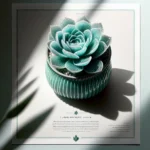Discovering Haworthia Cymbiformis
Welcome to the lush world of Haworthia cymbiformis, a succulent gem that is as curious as it is captivating. If you’re envisioning the ideal candidate to join your plant collection, envision no more—the Haworthia cymbiformis is here to steal the show. Let’s dive into an exploration of these little wonders, shall we?
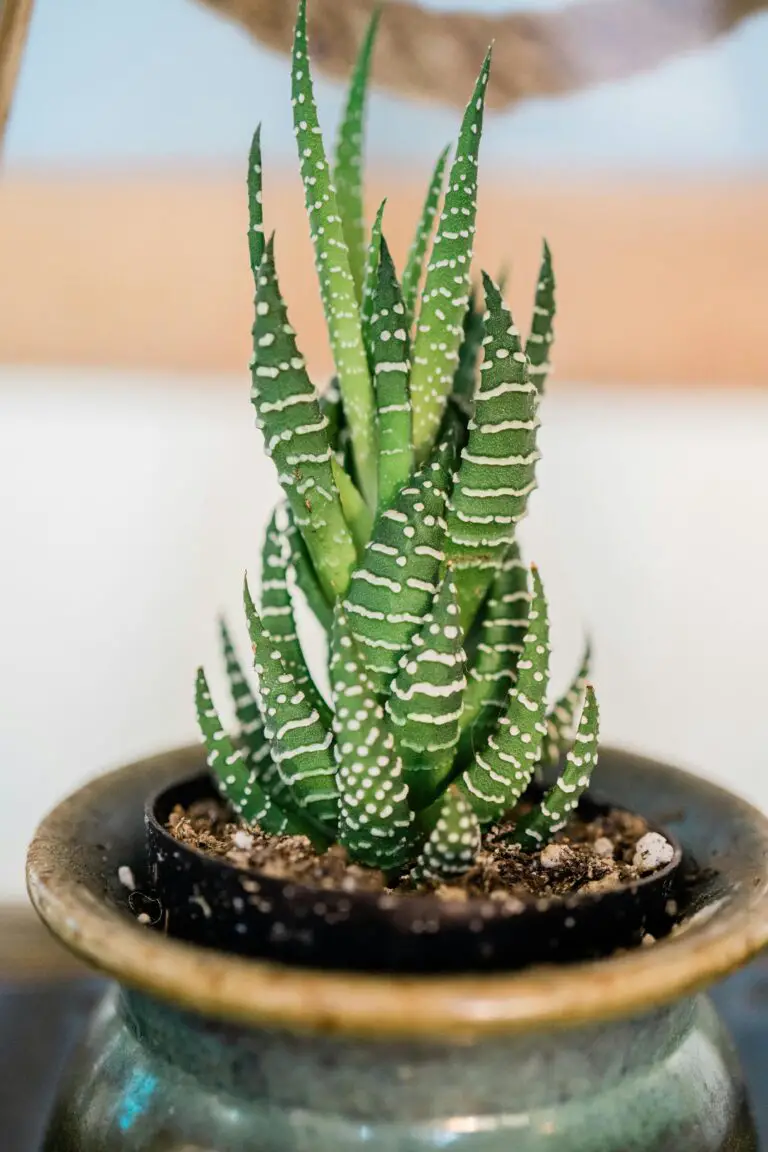
This species is distinctive, sporting fat, juicy leaves that seem almost designed by nature for a “squeeze test.” Its translucent flesh, patterned with web-like markings, filters sunlight into its core, a feature evolved from its South African roots, where strong sun is often paired with shade. Unique? Absolutely! It’s why those in the know treasure this plant—it’s like having a piece of crystalline structure right on your windowsill.
But what truly makes the Haworthia cymbiformis stand out amidst its succulent peers? It’s the spectrum of its appearance, morphing from deep greens to bluish hues, with leaves that can glisten like dew-touched grass under morning sunlight. It’s a plant that prompts a second look and a pause to wonder—does Mother Nature have a favorite child? If so, could this be it?
If you’re thinking about optimizing the growth of your Haworthia cymbiformis, consider the insights on proper succulent care which cover everything from sunbathing routines to watering wisdom. And if you’re thirsty for more knowledge on nurturing these green friends, the ultimate guide to succulent care available on our site is an indispensable resource.
Don’t allow the serene disposition of the Haworthia cymbiformis to deceive you; it’s a resilient little warrior, adapting to indoor life with ease. Whether perched on a student’s cramped study desk or basking in the sunbeams of a plant aficionado’s greenhouse, this succulent is making quite the statement: “Thriving? Naturally. Admirable? Absolutely. Worthy of your collection? Without a doubt.”
Ideal Conditions for Cymbiformis Growth
Welcome to your own personal haven for nurturing Haworthia cymbiformis, where your green thumb can bring a touch of arid elegance to any space. Let’s dive into the perfect environment for your succulent treasure to thrive. Imagine a balmy morning with speckles of sunlight gently gracing your cherished plants—this is just the start of crafting the ideal setting for your Cymbiformis.
Sunlight is as pivotal to succulents as water is to fish, but balance is key. Your Haworthia cymbiformis is a bit of a sun worshipper, even though it prefers to avoid the scorch of midday beams. Partial sunlight, akin to the dappled shade beneath a desert rock, stimulates its growth without risking sunburn. A west or east-facing window will provide the right amount of light to keep it basking blissfully.
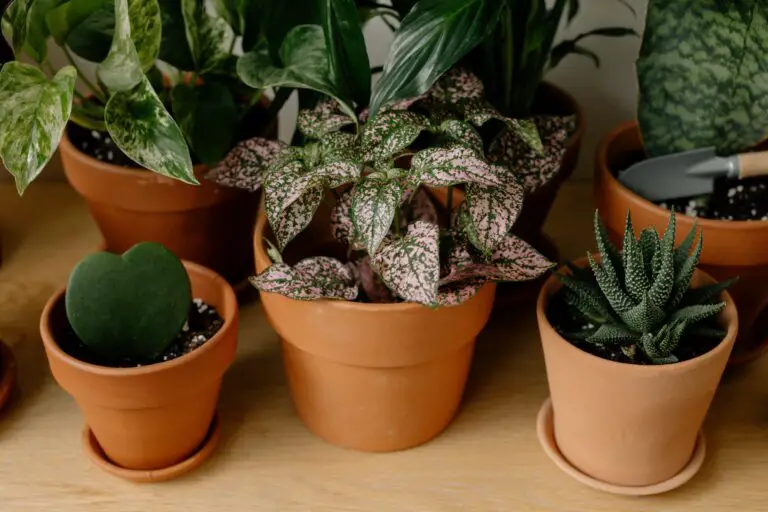
Temperature, much like a delicate dance, should be kept at a steady rhythm, ideally between 60-85°F (15-29°C). Haworthia cymbiformis isn’t too fond of frosty toes; it relishes warmth but shies away from extremes. Ensure it remains cozy by avoiding drafts and sudden temperature changes that might send it into shock.
The humidity for your Haworthia cymbiformis should mimic a desert morning—present, but not overwhelming. These plants are no strangers to aridity, so they fare well in environments that aren’t excessively humid. Still, an occasional misting will remind them of rare desert dew, adding a zest of freshness to their day.
Harnessing the proper conditions for your Haworthia cymbiformis can transform your space into a slice of succulent serenity. For further guidance on succulent care, dive into our comprehensive guide and cultivate a flourishing oasis in the comfort of your home.
The Perfect Soil Mix for Haworthia Health
When it comes to raising a Haworthia cymbiformis, the real magic happens beneath the surface. Just like a master chef seeks the finest ingredients, your succulent’s soil mix is a recipe for success. Let’s dig into the essentials of a soil blend that will make your Haworthia cymbiformis thrive!

Firstly, let’s mix up a cocktail of soil components that speaks directly to the needs of your succulent. A good starting point is a well-draining cactus mix, easily found at your local nursery. But to truly cater to the Haworthia cymbiformis, we need to bring our A-game. Adding coarse sand not only improves drainage but also brings a touch of the succulent’s natural habitat into your home. Want to step it up a notch? Throw perlite into the mix, and watch your Haworthia cymbiformis nod in approval as its roots breathe easier.
Now, let’s chat about pH levels—a topic that’s not just for science geeks. Haworthia cymbiformis flourishes in a slightly acidic to neutral pH range. Testing your soil’s pH is easier than you think, with many affordable testers available. Aiming for a pH between 6.0 and 7.5 will have your succulent singing in acidic harmony. Struggling with too alkaline soil? A smidgeon of peat moss can gently coax the pH down to succulent-friendly levels.
Picture this: a raging storm, heavy rain pounding down—and your Haworthia cymbiformis, snuggled in its pot, unaffected. How? Excellent drainage. Consider using pots with ample drainage holes and a layer of gravel at the bottom to keep excess water at bay. Not a fan of gravelly aesthetics? No problem—try a hidden layer of activated charcoal which also helps to keep fungal foes and odors away.
Anecdotes from succulent enthusiasts often include nightmares of overwatering. I’ve seen many a Haworthia cymbiformis fall prey to enthusiastic watering schedules. Steer clear of these soggy tragedies by making sure water can flee quickly after quenching your plant’s thirst.
If you’re keen to learn more about the wonders of well-designed succulent homes, take a stroll through our comprehensive guide on optimal soil strategies for succulent growth. It’s a treasure trove of tips and tricks for the aspiring green thumb!
With the right soil mix under its belt, your Haworthia cymbiformis will not only survive but will also flourish, pulling off a photo-ready pose any day of the week. Remember, with succulents, it’s sometimes the unseen details that make all the difference!
Watering Wisdom: Hydrating Your Haworthia
Let’s dive into the art of quenching the thirst of your Haworthia cymbiformis, a gem among succulents. Imagine a vessel that needs just the right amount of water — not too much lest it overflows, and not too little that it runs dry. That’s the balance we’re aiming for with our beloved plant. How often to water your haworthia? The answer lies in the delicate dance with the environment. During the active growing season, which is spring and early fall, your haworthia is like a little athlete in training, requiring more frequent hydration — a weekly watering could be just right.
Tread lightly with your watering can: to prevent overwatering, a succulent’s nightmare, use well-draining soil and pots with drainage holes. A “soak and dry” method works wonders — drench the soil until water runs out the bottom, then wait for the soil to completely dry out before the next watering. This simulates the natural rainfall patterns the plant would experience in the wild, keeping its roots as happy as a clam at high tide.
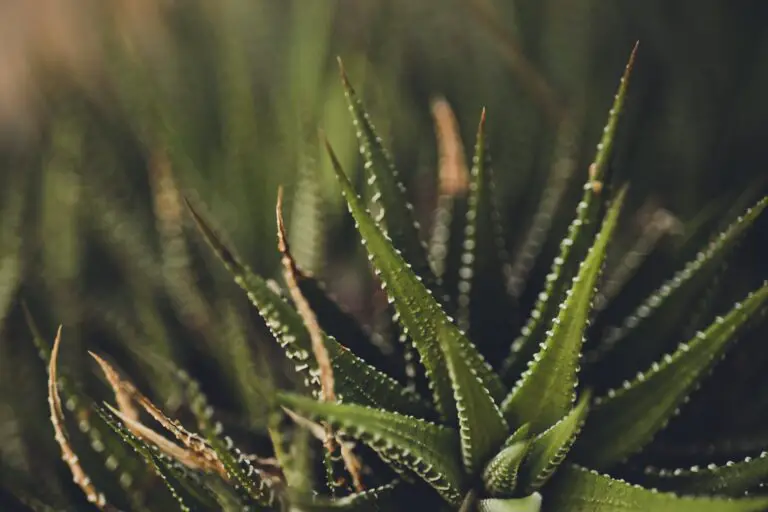
Signs that your haworthia is craving more H2O include wrinkled, shriveled leaves — telling you they’re more parched than a sunbaker in the Sahara. Trust these visible cues and adjust your watering routine accordingly. Remember that the cooler and less bright the environment, the less often you’ll need to water. When winter rolls around, your succulent is more like a hibernating bear than a sprightly spring bunny, and its water needs significantly decrease.
Considering all these tips will turn you into a haworthia hydration hero. Your Haworthia cymbiformis will not only survive but thrive, all thanks to your watering wisdom. Keep that green thumb agile, and watch as your succulent becomes a vibrant testimonial to your nurturing skills. No conclusion needed — just watch your haworthia bask in the glory of perfect hydration!
Propagating Your Cymbiformis Collection
Delve into the rewarding world of plant propagation with your cherished Haworthia cymbiformis. This step-by-step guide will walk you through multiplying your succulent stash, using offsets, leaf cuttings, and seeds. Imagine duplicating the beauty of your existing plants—let’s make it a reality!
Expanding Offsets: Nature’s Succulent Gift
Nothing quite matches the thrill of discovering tiny replicas, or ‘offsets’, snuggled next to your parent Haworthia. These are your ticket to rapid expansion! Gently separate these babies when they’re one-third the parent’s size. Use a clean, sharp knife and ensure each offset has roots attached. Then, settle them into a well-draining soil mix, simulating their natural habitat. Water sparingly until roots take hold—patience is key!
Leaf Cuttings: The Patience Tester
Starting a Haworthia cymbiformis from a plump, juicy leaf is a lesson in patience but oh-so rewarding. Choose a healthy leaf and twist it off cleanly from the stem. Allow the cut end to callous over for a few days to prevent rotting. Next? Lay it on top of a succulent soil mix, and keep the faith. In weeks, tiny roots and shoots herald a new beginning. Keep these cuttings in indirect light, and resist overwatering—just a light mist to keep them going.
Seeds Sprouting: For the Devoted Gardner
Are you the steadfast gardener who revels in seeing life unfurl from the very start? Haworthia cymbiformis seeds are for you. Start with fresh seeds and sow them atop a well-drained, sandy soil mix. Cover with a light dusting of sand, and keep them under a humidity dome or plastic wrap to maintain moisture. These little guys take their sweet time to germinate, so don’t rush them. Once they sprout, gradually introduce them to the arid love they yearn for.
Just imagine, the offset you propagate today could be the star of a friend’s windowsill tomorrow, or the leaf cutting you nurture could bring a touch of green to a dull office. Each seed you sow holds the potential to grow into a stunning specimen that captivates and inspires envy among fellow succulent aficionados. Ready, set, propagate!
And for those of you who are more visual learners, here’s a video that will guide you through the propagation process:
Dealing with Pests and Common Succulent Ailments
Welcome to the world of Haworthia cymbiformis, a succulent aficionado’s delight! However, even in this haven, pests and common ailments can sneak up on your cherished plants. Let’s do some detective work to identify these uninvited guests and discuss the best ways to show them the door.
Imagine you’re enjoying your morning coffee, and you notice a tiny, unassuming insect on your beloved Haworthia cymbiformis. It’s not just any insect—but a sap-sucking aphid plotting to weaken your plant! Aphids are just the tip of the iceberg when it comes to pests that may find your haworthia as attractive as you do. Other frequent culprits include mealybugs with their white, cottony disguise, and spider mites, almost microscopic yet masters at spinning their webs and causing mayhem.
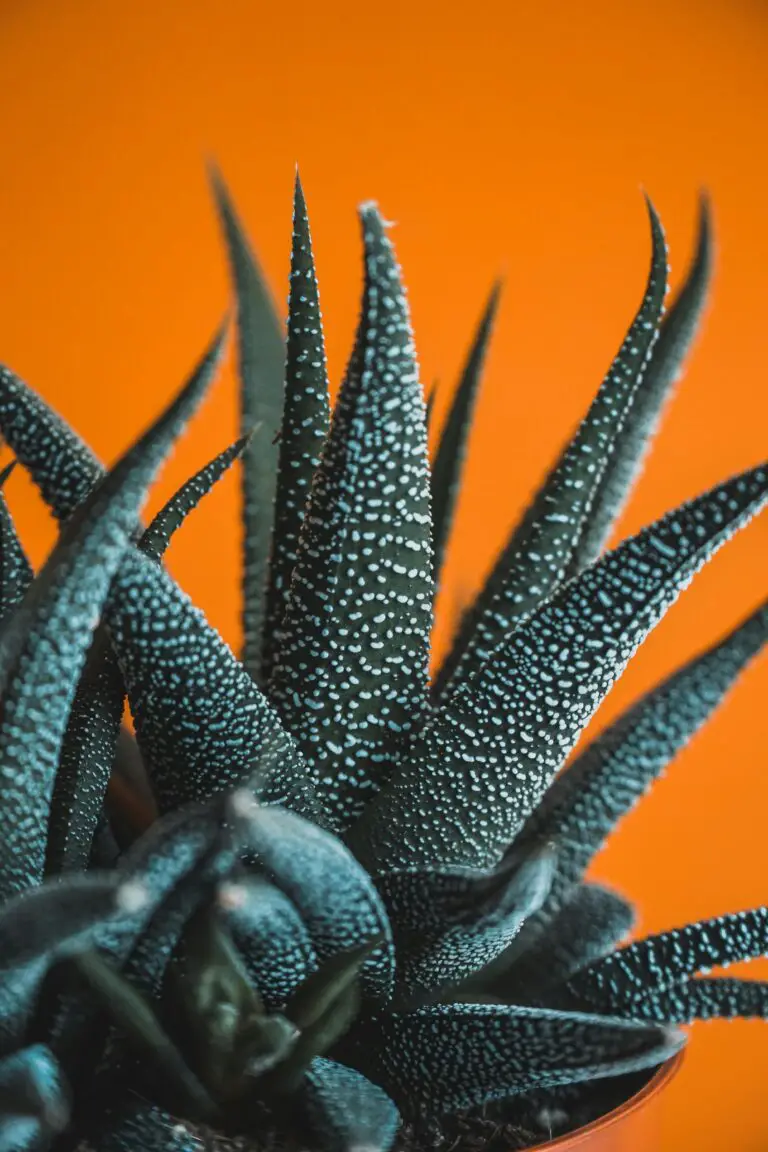
But fear not! Each of these adversaries has a weakness. For aphids and mealybugs, a simple solution of water mixed with a few drops of mild dish soap can be a first strike. A gentle shower with this mixture on the affected areas should deter these pests. For a more targeted approach, introducing natural predators like ladybugs can help keep the aphid population in check. They’re not just cute; they’re mighty hungry for these pests!
Spider mites, on the other hand, despise humidity. Raising the humidity around your Haworthia cymbiformis can make the environment less inviting for them. Combine that with a regular misting of neem oil solution, and you’ve got a natural and effective barrier against these tiny invaders.
Don’t forget about diseases too. Succulents can suffer from fungal diseases, such as root rot, which often stem from overwatering. Remember, these plants hail from arid regions—they don’t need a tropical downpour! If you spot signs of root rot, such as blackened roots or a mushy base, it’s time to channel your inner surgeon. Remove the affected parts, let the plant dry, and repot it in fresh, well-draining soil.
When nurturing Haworthia cymbiformis, vigilance is key. Regularly inspecting your plants for signs of distress, such as discoloration or wilting, can catch problems early. Preventive measures like proper watering, adequate light, and good air circulation are the bedrock of a healthy plant life—free from the grip of pesky interlopers.
Fertilizing Fundamentals for Haworthia Growth
When it comes to providing your Haworthia cymbiformis with the nourishment it craves, understanding the fertilizer game is key. These succulent jewels come from nutrient-poor environments, which means they’ve adapted to thrive with less—but that doesn’t mean we should neglect their dietary needs!
Think of fertilizer as the secret sauce to your Haworthia cymbiformis‘s success. You’ll want to opt for a balanced, water-soluble blend tailored for succulents. Picture this: just as a balanced diet does wonders for us, a balanced fertilizer works magic on your succulents. A good mix to remember is the classic 20-20-20 (NPK), diluted to half-strength to avoid overfeeding these sensitive plants.
As for timing, visualize the growing season as a succulent’s ‘eating window.’ This is usually from spring to fall, when your haworthia is actively photosynthesizing and ready to take in those nutrients. During this period, aim to fertilize about once a month; it’s like setting a dinner date with your plant. However, winter is a time for rest, so hold off on fertilizing during these cooler, dormant months to prevent unnecessary stress on your green companion.
Detecting nutrient deficiencies can seem daunting, but it’s all about paying attention to the plant’s cues. Yellowing leaves can signal a nitrogen shortage, while a lack of phosphorus might stunt growth and lead to weak roots. Potassium deficiencies reveal themselves through brown spots or edges on the leaves. It’s about learning the language of your plants—once you know it, you can act swiftly to correct the issue.
Our visual learners will love this: we’ve found a superb video that dives into the details of nurturing your Haworthia cymbiformis, including those all-important fertilization tips. Settle in and watch as your knowledge on succulent care widens with each frame.
Remember, each Haworthia cymbiformis is unique, and while our advice serves as a general guideline, keeping an eye on your individual plant will yield the best results. With these fundamentals in your back pocket, you’re on your way to becoming a true Haworthia cymbiformis haven master!
Selecting and Styling the Right Container
Embarking on the journey of nurturing a Haworthia cymbiformis, often affectionately called a “boat-lily” due to its boat-shaped leaves, is not just about the succulent itself—it’s also about the style and health offered by its container. A perfect pot is more than a home; it’s a statement that can elevate your veneer-leafed treasure to a piece of living art.
Imagine the scene: a sleek terracotta pot perched upon a wooden sill, complementing the sunlight as it bathes the soft green rosettes. Or picture a modern, geometric ceramic vessel positioned in the focal point of a room, turning your Haworthia cymbiformis into a contemporary masterpiece. The material of your pot is not a decision to take lightly. It breathes life into your decor and determines the well-being of your succulent pal. Porous materials like terracotta and unglazed ceramics allow for better air flow and evaporation of excess moisture—a boon for those plump, juicy leaves prone to overwatering woes.
Size is the silent guardian of your succulent’s realm. Too cramped, and the roots become stunted, strangling any dreams of growth. Too spacious, and the soil stays damp, whispering tales of root rot in the undergrowth. But strike the perfect balance? You conjure a haven where roots roam free yet cozy, beckoning forth growth both lush and controlled. The thumb rule reigns supreme: opt for a pot that’s about 10-20% larger than the current size of your plant.
Then comes the signature of flair: design. A container’s pattern, colour, and shape can harmonise or intriguingly contrast with the Haworthia’s aesthetic. I once visited a friend whose penchant for the avant-garde had her pairing the soothing symmetry of her cymbiformis with a boldly asymmetrical pot. The result? A visual dialogue that celebrated both nature’s precision and human creativity.

Your choice in a pot sets the stage for your Haworthia cymbiformis to thrive and flourish. Seek out those vessels that not only reflect your personal taste but also promise a nurturing cradle for your succulent’s journey. And remember, every choice encapsulates a narrative—a tale of harmony between the natural and the crafted, where each serves as the other’s muse.
Celebrating Blooms: Haworthia Cymbiformis Flowering
There’s a unique spectacle in the plant world known as the flowering of Haworthia cymbiformis—a moment when this modest succulent decides to show off. Imagine the anticipation as you observe the signs of a bloom spike, foretelling the treasure about to unfold. Let’s embark on the journey to understand the blooming phenomenon of this lush, pearly succulent.
Ever observed the discreet yet striking transformation of the haworthia cymbiformis as it enters its flowering phase? It begins rather unassumingly, with a thin, long stem erecting from between the succulent’s leaves. Following the stem’s ascent, the arrival of delicate white or pinkish flowers ensues, clustered atop the inflorescence like little stars in your own botanical galaxy. These moments are a celebration of life, reminiscent of a classical symphony reaching its climax, with each note played by the tintinnabulating blossoms.

Intricacies of this green gem’s flowering patterns are worthy of admiration. The flowering of Haworthia cymbiformis generally occurs during the spring and summer, nature’s optimum time for growth and vitality. To encourage this spectacle in your succulent, consider mimicking the plant’s natural habitat conditions—a dance of light and shadow, cool evening breezes, and a period of winter dormancy that precedes the grand bloom.
Understanding the reproductive cycle of Haworthia cymbiformis not only adds depth to your gardening experience but also illuminates the evolutionary marvels of these plants. Once flowering occurs, pollination follows—often involving the tireless work of buzzing insects or the gentle caress of the wind. As the flowers wither, they leave behind the promise of seeds, encapsulating the potential for new life. The cyclical nature within this seemingly static succulent is a beautiful reminder of the dynamism of life.
While not every Haworthia cymbiformis will flower annually, the process within its fleshy leaves and hardy disposition imparts an understanding that patience is rewarded. For the indoor gardener, witnessing the bloom is like experiencing a rare eclipse—an event that may not happen often, but when it does, it’s a celestial treat for the eyes and the soul. So if you’re nurturing your own little haven of these succulents, keep close watch, as this quiet plant prepares to reveal its floral splendor.
Haworthia Cymbiformis Frequently Asked Questions
Welcome to the succulent corner, where we address all your burning questions about the quaint and quirky Haworthia cymbiformis! Known for its plump, translucent leaves and easy-going nature, this gem of a plant is a standout in any collection. Let’s dive into some real-life examples and tips that will make your Haworthia thrive!
Why Are My Haworthia Leaves Turning Yellow?
Just like us, Haworthia cymbiformis can show signs of stress. If the leaves start channeling their inner sunflower and turn yellow, it’s often a cry for help. The culprit could be overwatering, which can make the roots pout and give up on life. Think of it as a pair of jeans after Thanksgiving dinner — when there’s too much intake, there might be some ‘leakage.’ Cut back on the water, ensuring the soil is drier than a British comedy before giving it another drink.
What’s the Deal with Sunlight?
These little plants love the light, but not the scorching midday drama. They favor a spot that’s like a mild morning on a beach vacation—bright but not in the face of the sun’s intense rays. A windowsill with morning or late afternoon sun will have your Haworthia soaking up the rays without reaching for the aloe vera!
Is It Normal for Haworthia Cymbiformis to Bloom?
Yes, indeed! When your Haworthia decides to bloom, it’s like it’s throwing its own surprise party. It’s a sign of happiness and health, shooting up a delicate flower stalk to wave hello. While it’s no Beyoncé concert, the little flowers can be a showstopper in their own subtle way.
Can I Propagate Haworthia Easily?
Propagating Haworthia cymbiformis is as easy as convincing a kid to eat candy. They produce pups, which are basically baby plants, eager to strike out on their own. With a bit of care, you can separate these from the mother plant and start a whole new generation of succulent stars!
Let’s take a practical look with a helpful video that unpacks the mysteries of Haworthia cymbiformis care:
Remember, every plant has its own personality, so what works for a friend’s Haworthia might not be your treasure’s jam. Tune into your plant’s needs, and you’ll be a Haworthia hero before you know it!


